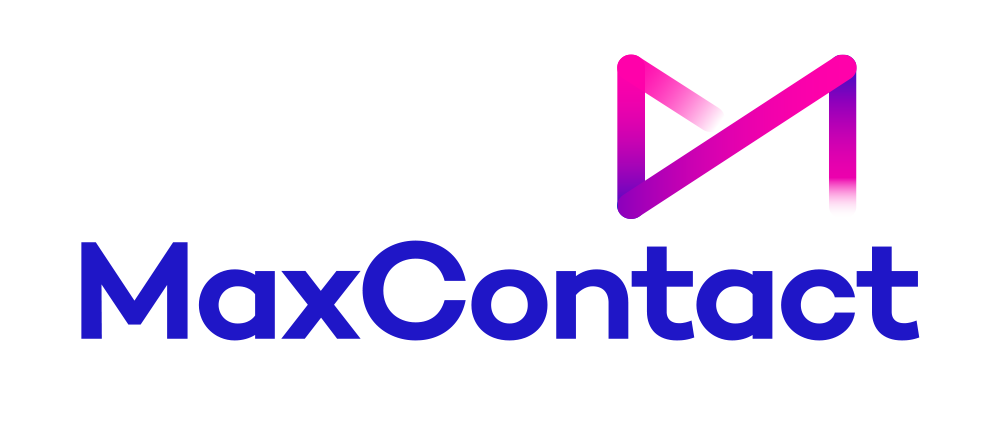Chatbots vs Conversational AI: What’s the difference?
Conversational AI can understand, process, and respond to human language in a natural, intelligent way.
It powers tools like virtual assistants, AI receptionists, AI phone agents and chatbots to handle complex queries, personalise interactions, and provide 24/7 support across multiple channels. It's no surprise that businesses are so quick to adopt AI chatbot solutions.
But how much of a difference is there really between chatbots and conversational AI?
Whether you're a business owner looking to improve your customer engagement, a developer intrigued by AI, or just curious about the future of digital communication, this guide will help you understand the differences between chatbots and conversational AI.
The History of Chatbots
Chatbots have been around longer than many people realise. The first recognised chatbot, ELIZA, was created in the 1960s at MIT.
Designed to mimic a psychotherapist, ELIZA used pattern matching and substitution to simulate human conversation, although it didn’t truly understand the context of the discussion.
In the decades that followed, chatbots gradually evolved. PARRY (1972) attempted to simulate a patient with paranoid schizophrenia, and ALICE (1995) improved on natural language processing capabilities, winning several Loebner Prizes for its conversations.
The 2010s saw a major leap forward with the introduction of virtual assistants like Siri, Alexa, and Google Assistant, bringing chatbots into everyday use. These tools marked a shift from scripted responses to more dynamic, AI-driven interactions.
Today, modern chatbots often integrate Conversational AI, enabling them to understand intent, context, and sentiment, making them smarter, more responsive, and capable of handling complex customer queries.
Conversational AI Chatbots
Unlike traditional rule-based chatbots that follow pre-set scripts, Conversational AI chatbots use advanced technologies like natural language processing (NLP), machine learning, and contextual understanding to simulate more human-like conversations.
They can interpret intent, understand tone, and respond intelligently, even when faced with unexpected questions.
|
Feature |
Basic Chatbots |
AI Chatbots (Conversational AI) |
|
Technology Used |
Rule-based logic, decision trees |
Natural Language Processing (NLP), Machine Learning |
|
Response Style |
Predefined, scripted responses |
Dynamic, context-aware responses |
|
Understanding of Language |
Limited to keywords or specific commands |
Can understand intent, tone, and conversational context |
|
Learning Capability |
Cannot learn from interactions |
Continuously improves through machine learning |
|
Handling Complex Queries |
Struggles with open-ended or unexpected questions |
Can manage complex, multi-turn conversations |
|
Personalisation |
Minimal or none |
Highly personalised interactions based on user data |
|
Integration Across Channels |
Often limited to a single platform |
Can operate across multiple channels (web, mobile, messaging) |
|
Use Cases |
Simple tasks (e.g., FAQs, appointment booking) |
Advanced tasks (e.g., sales support, sentiment analysis, triage) |
|
Setup & Maintenance |
Easier to set up, less maintenance |
More complex to build, requires training and tuning |
|
User Experience |
Basic, often robotic |
Natural, fluid, human-like |
AI-powered chatbots continuously learn from interactions, allowing them to improve over time and handle increasingly complex queries.
They're used across a wide range of industries to provide 24/7 customer support, automate workflows, generate leads, and personalise user experiences.
Benefits of AI Conversational Chatbots
Unlike traditional rule-based bots, AI chatbots use natural language processing and machine learning to engage users in more human-like conversations. The result?
A more efficient, scalable, and satisfying customer experience. Below are some of the benefits of using AI conversational chatbots in your customer engagement strategy:
24/7 Availability
AI chatbots never sleep, providing round-the-clock support to customers across multiple time zones. Whether it's answering questions or assisting with transactions, they ensure your business is always open.
Improved Customer Experience
AI chatbots understand user intent and context and deliver personalised, relevant, and seamless interactions. This leads to higher customer satisfaction, as users feel understood and engaged.
Cost-Effective
AI chatbots can handle thousands of interactions simultaneously, reducing the need for a large customer service team. This lowers operational costs while maintaining high-quality service.
Scalability
As your business grows, AI chatbots can easily scale to accommodate increasing volumes of customer interactions without compromising efficiency or response time.
Instant Responses
With AI chatbots, customers receive immediate responses to their inquiries, eliminating wait times and ensuring faster resolution of issues.
Data-Driven Insights
AI chatbots collect valuable data from user interactions, providing insights into customer preferences, pain points, and behaviour. This data can inform business strategies and decision-making.
Multilingual Support
AI chatbots can communicate in multiple languages, enabling businesses to serve a global audience without the need for multilingual staff.
Consistency
AI chatbots deliver consistent answers across all customer touchpoints, reducing the likelihood of human error and ensuring reliable communication.
Chatbots and Conversational AI Examples
Bank of America’s Erica
Erica is Bank of America's AI-powered chatbot, designed to assist customers with banking tasks like checking balances, reviewing transactions, and setting up bill payments.
Erica can also provide financial advice based on the customer's account history, making it an invaluable tool for personal finance management.
H&M's Virtual Assistant
H&M’s chatbot is designed to assist customers in navigating its fashion store, helping them find specific clothing items or check product availability in different sizes and colours.
The bot can also guide users through the process of purchasing items, offering personalised suggestions based on user preferences, browsing history, and current trends.
Domino's Pizza Chatbot (DOM)
Domino’s has implemented a chatbot named "DOM" which allows customers to place pizza orders directly through messaging platforms like Facebook Messenger, Twitter, or the Domino’s app.
DOM helps users customise their pizza, choose delivery options, track orders, and even provides special offers.
Vodafone's TOBi
Vodafone's chatbot, TOBi, helps users with customer service inquiries such as troubleshooting, account management, and billing queries.
It can answer questions, resolve common issues, and direct users to a live agent when necessary. TOBi reduces wait times for customers and provides a more efficient way to handle a high volume of routine requests.
The Future of Customer Experience Is AI-Driven
Conversational AI and other AI solutions aren’t going anywhere. According to MarketsandMarkets, the global conversational AI market is projected to grow from USD 17.05 billion in 2025 to USD 49.80 billion by 2031.
The most successful businesses are ahead of the curve when it comes to adopting and implementing AI technology.
To stay competitive, more and more customer service teams are using AI chatbots to improve CX.
Conversational voice AI is one example of how this technology is being used to create more natural, human-like customer interactions.
Consider how conversational AI could help your business and don’t get stuck behind the curve.
.png)
From the blog







